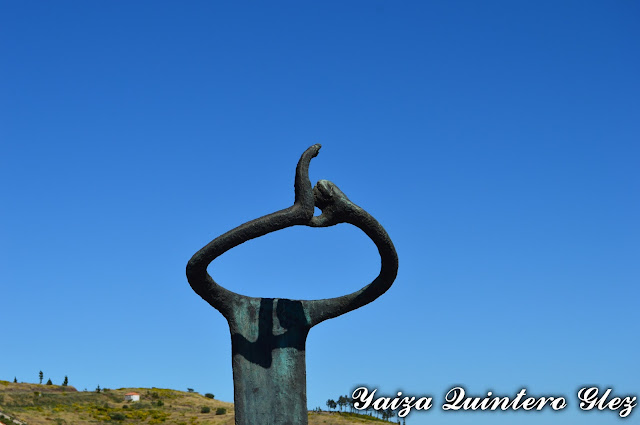(Es)
Nos movemos de nuevo a #LaGomera para continuar con los Patrimonios de la Humanidad que tenemos en las #islascanarias.
El 30 de septiembre de 2009 el Silbo Gomero, fue declarado Patrimonio Oral, Cultural e Inmaterial de la Humanidad por la UNESCO.
El Silbo es un modo de lenguaje y comunicación utilizado por los antiguos habitantes de la isla, Los Gomeros, antes de la conquista, y continuando hasta llegar a nuestros días.
El origen del mismo, se debe a lo accidentado del terreno (montañas y barrancos), que hacía dificultosa la comunicación verbal.
El silbo transforma los sonidos vocalizados de cualquier lenguaje natural humano en silbidos tonales, reconocibles a distancia. Tras la desaparición del idioma guanche originario, se codificó la lengua castellana.
Según algunos estudios el lenguaje silbado emplea seis sonidos, dos de ellos denominados como vocales y los otros cuatro como consonantes, y se pueden expresar más de 4.000 conceptos (palabras). Los silbadores y también los no silbadores identifican claramente las cuatro vocales silbadas distintivas a, e, i, o (no se diferencia tanto la o de la u).
Debido al peligro de desaparición del silbo a principios del siglo XXI, el Gobierno canario reguló su aprendizaje en la escuela y declaró el silbo gomero como patrimonio etnográfico de Canarias en 1999.
Es una seña de identidad, y se sigue luchando para mantener este lenguaje silbado que se ha usado durante siglos. El silbo gomero vive gracias al trabajo y esfuerzo de sus gentes.
(En)
We move back to La Gomera to continue with the Patrimonies of Humanity that we have on the #canaryislands.
On 30 September 2009, the Gomero whistles was declared an Oral, Cultural and Intangible Heritage of Humanity by UNESCO.
The Gomero whistle is a mode of language and communication used by the ancient inhabitants of the island, Los Gomeros, before the conquest, and continuing until reaching our days.
Its origin is due to the rugged terrain (mountains and ravines), which made verbal communication difficult.
The whistle transforms the vocalized sounds of any natural human language into tonal whistles, recognizable at a distance. After the disappearance of the original Guanche language, the Spanish language was codified.
According to some studies, the whistled language uses six sounds, two of them referred to as vowels and the other four as consonants, and more than 4,000 concepts (words) can be expressed. The whistlers and also the non-whistlers clearly identify the four distinctive whistled vowels a, e, I, o (it is not so different from the u).
Due to the danger of the disappearance of the whistle at the beginning of the 21st century, the Canarian Government regulated its learning at school and declared the Gomero whistle as an ethnographic heritage of the Canaries in 1999.




No hay comentarios:
Publicar un comentario